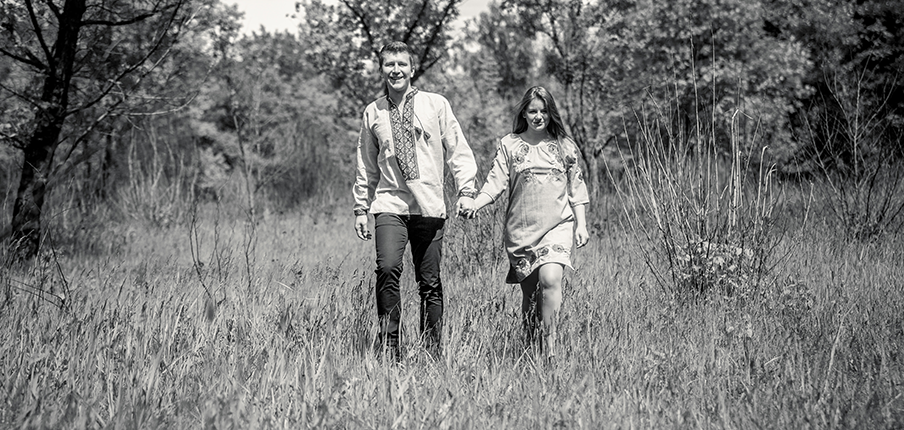Things A Photographer Must Consider Before Licensing Images
Images are the key to make your content shine online. Whether you are developing a blog post, webpage, e-book or any other piece of online content, adding visuals improves the overall user experience and gives better impact. For a photographer, Licensing represents a longer and better commercial image life. It’s the best way to earn a simple & easy monthly income by doing what you love. A photographer can earn a good amount of income by copyrighting his works and selling them in the market across the boundaries. So, here below are listed a few things that a photographer must keep in mind before licensing images. Keep these key principles in mind, and the possibilities are endless.
 1. Stock Keeps Changing
1. Stock Keeps Changing

“Stock” photography is not consistent it keeps on changing by the time and according to the latest trends. In today’s age, stereotypical, cookie-cutter images are out and natural, random photos are very much in. Forget picture-perfect smiles, crafted scenes, and made out backgrounds, instead now is the time for real, genuine emotions to capture. Go for a “first-person” perspective, you must think outside the box and give users something they aren’t expecting which is quite not available in the stock photography market. Works with real people and real families, into lifestyle imagery that has an authentic, documentary feel.
 2. Play The Number Game
2. Play The Number Game

The more high-quality images you offer, the better you have the chances of making a good sale. Aim for different moods and different styles when you want to license your photography work because you never know what will hit the spot.Set aside a different slot of time to do your Licensing portfolio, whether that means organizing fun new shoots or indexing old ones. Carry your camera everywhere, as you never know when you’ll get a huge big shoot. Try submitting different sorts of photos, and keep track of
 3. Research Well
3. Research Well

Not all amazing photos generate sales, therefore the point is to review the market first. Keep yourself up-to-date with what is actually happening in the market. As, the demands of buyers change all the time, and the more a photographer is able to stay on top of the requests and requirements, the better Licensing sales will be.
 4. Distinguish Between “Editorials” And “Creatives”
4. Distinguish Between “Editorials” And “Creatives”
 4.1 Creatives
4.1 Creatives

When you submit your photography, they’ll be classified into editorial or creative/commercial. Before you collect and submit images make sure they fall in a category that has more usage. Buyers can use creative images for all kinds of uses, including advertisements and promotional materials. The use of editorial images, however, is more restricted in use than creatives. Users can buy editorial photos to use in current events, media platforms, news but they can’t use them to sell anything.
 4.2 Editorial
4.2 Editorial

The market for creative/commercial images is bigger and more widespread, but in order to be accepted as a creative photo, it has to pass some basic conditions. If you’re a photojournalist or you are specialized in reportage, then you are more likely to get licensed and earning a good amount in editorial usage. If you would like to license editorial images, make up your mind that photos should meet the basic standards and your photos illustrate real-life events, so it’s important to be accurate.
 4. You Own It
4. You Own It

Images that get licensed under Indiapicture are royalty-free, which means that buyers pay a one-time flat amount to use them, and then can use it anywhere and anytime with an unlimited number of uses but did not own them. They cannot sell those to another third party. You maintain the copyright of that particular image.




